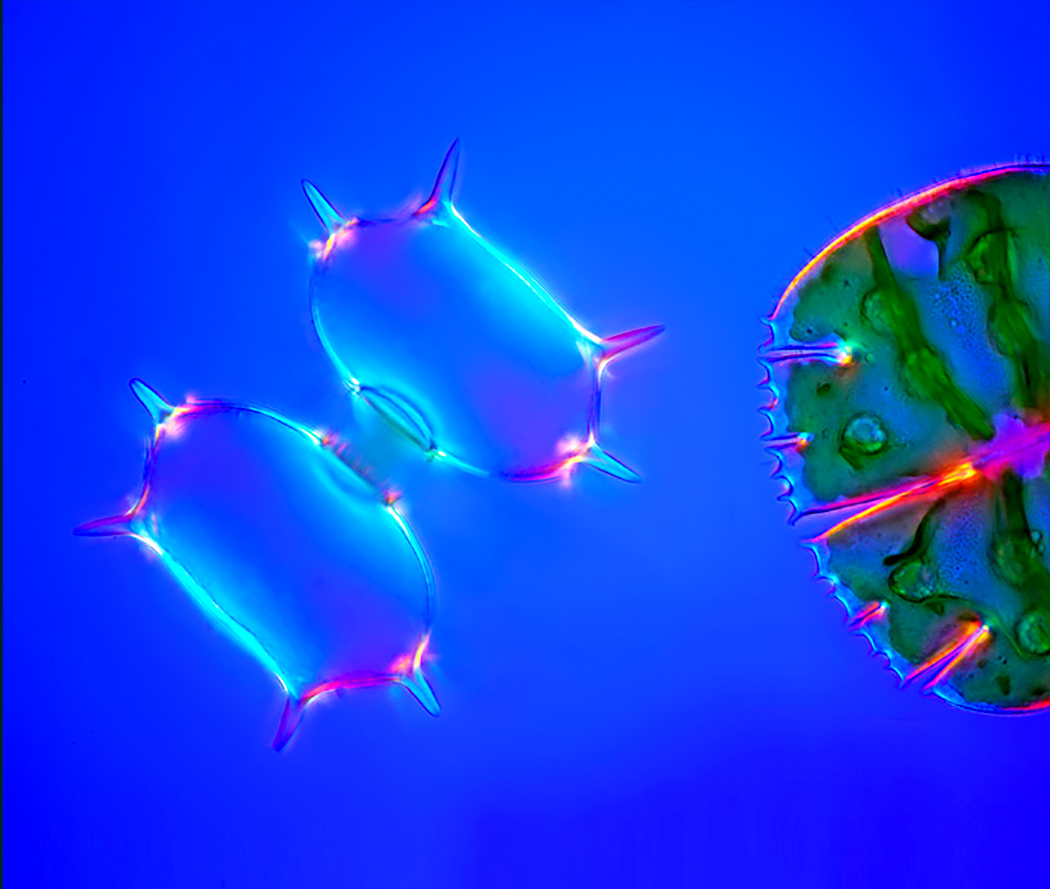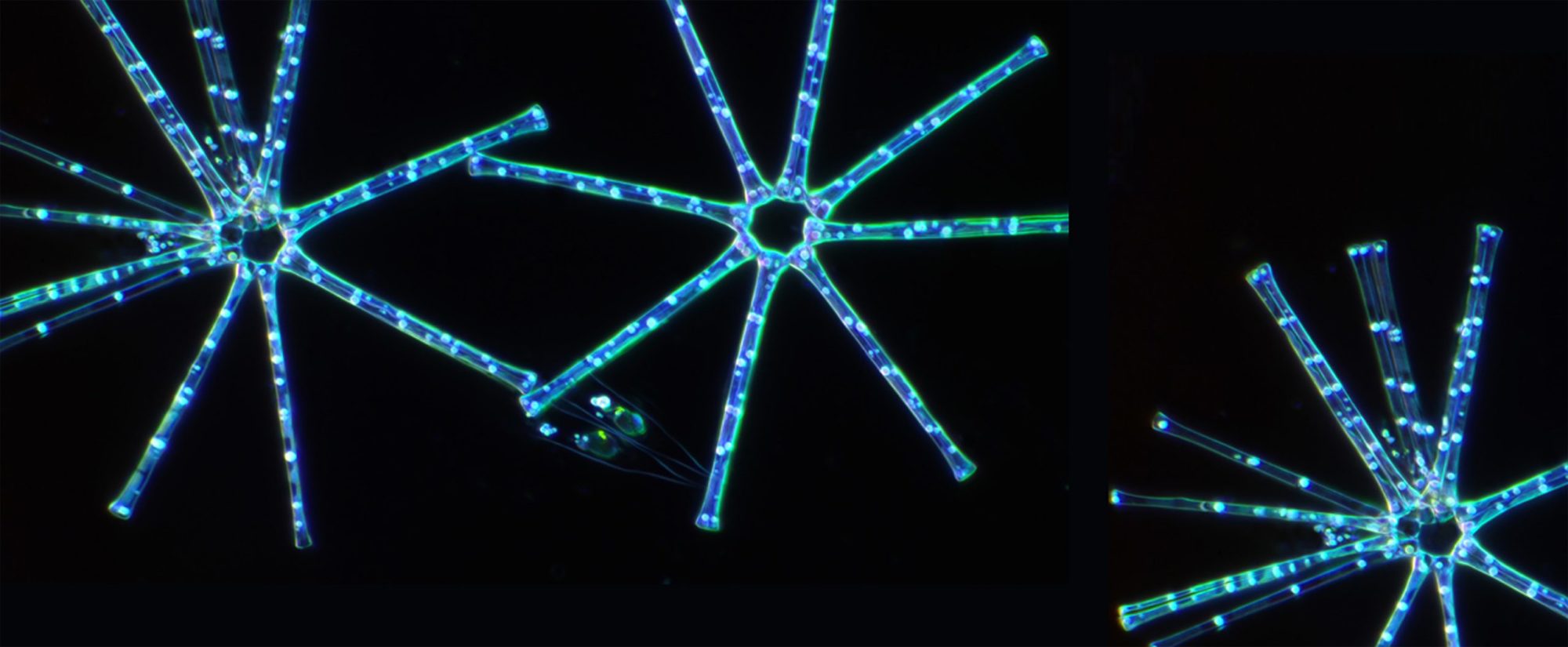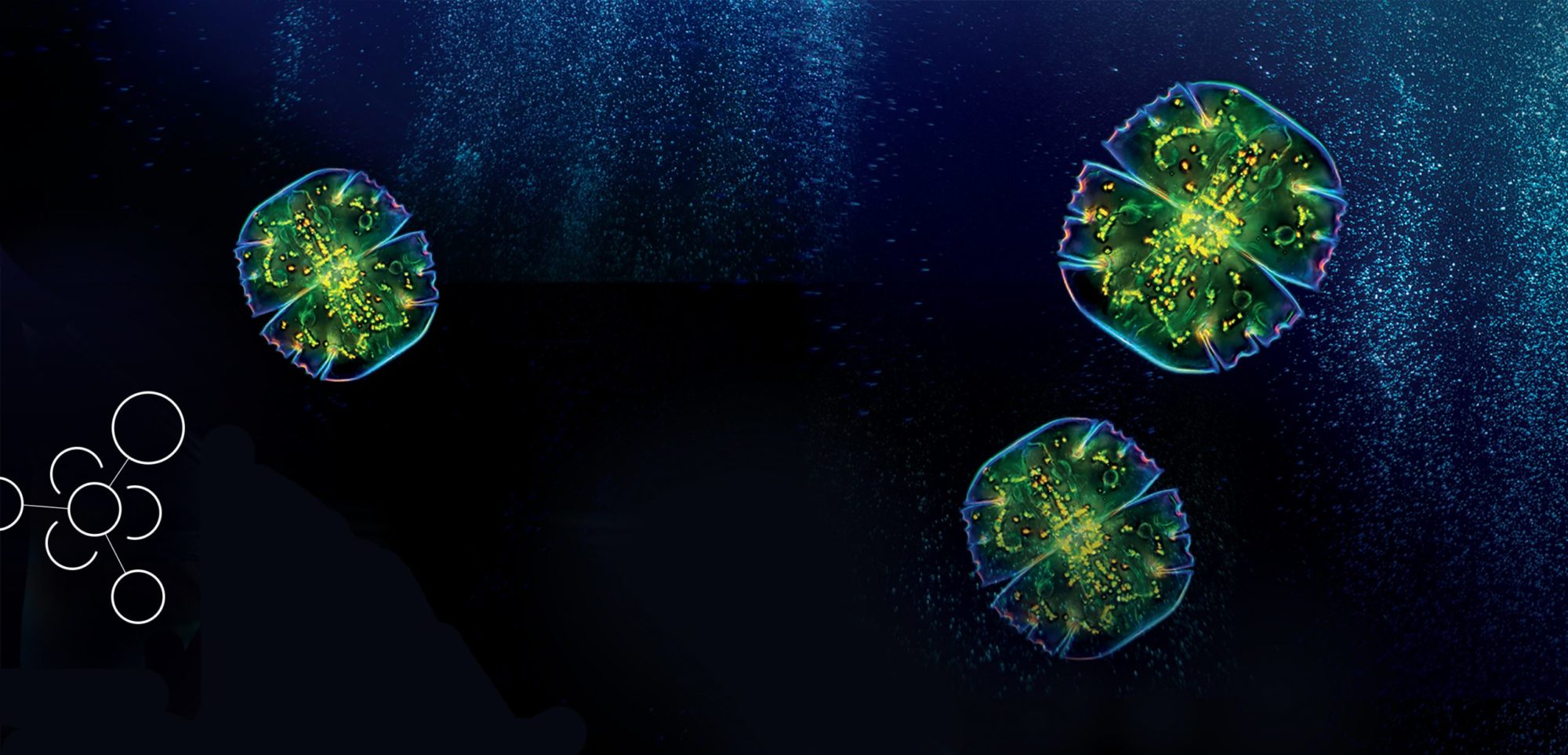
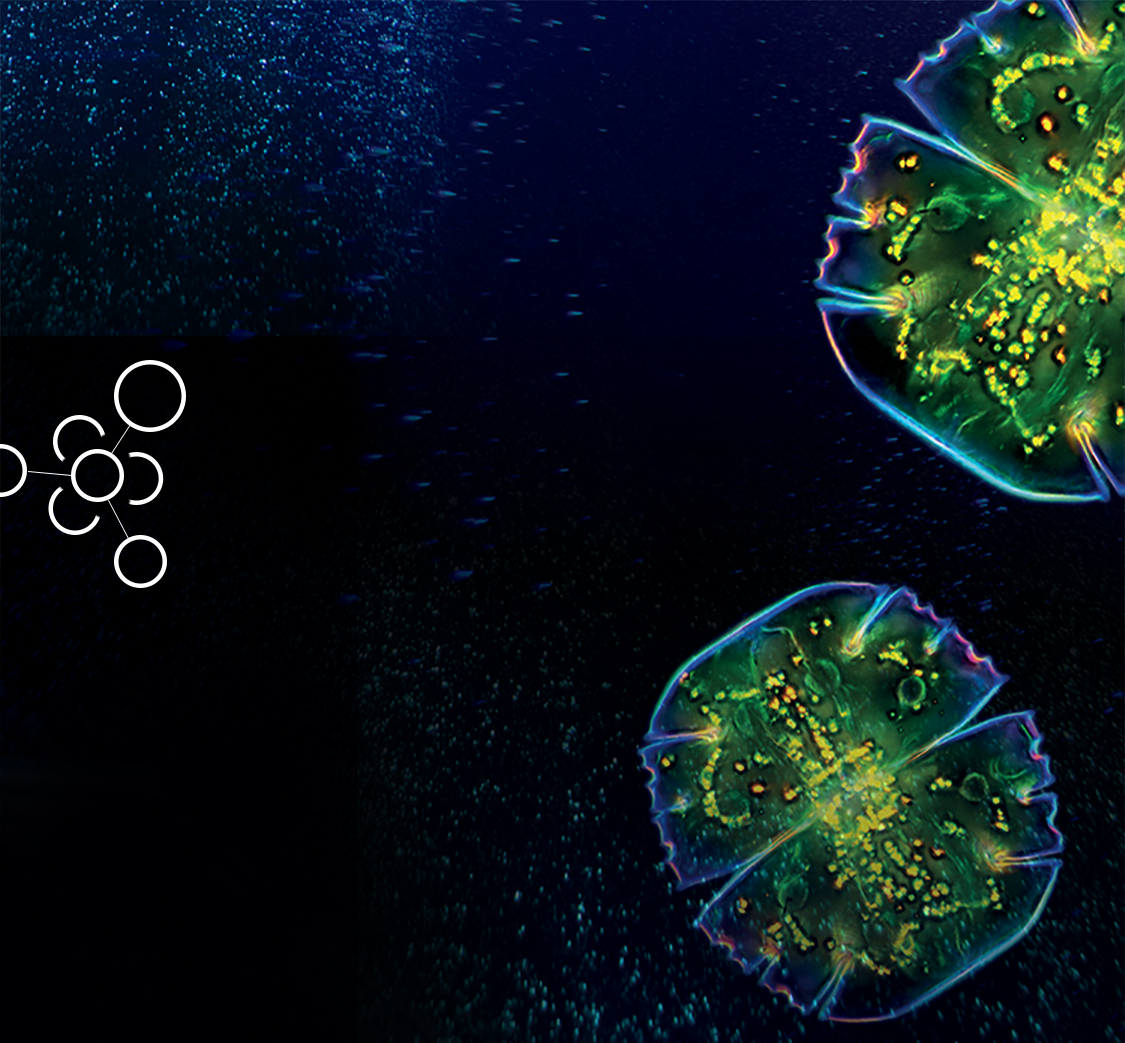
Amazing Microalgae
A world to explore
With a passion for the invisible life forms and for the power of symbiotic relationships, we have set ourselves the mission of accessing and delivering the full innovation potential of microalgae. Their amazing diversity and their unique physiology enable us to create eco-efficient cultivation and extraction processes to develop the next generation of natural ingredients for a better living.

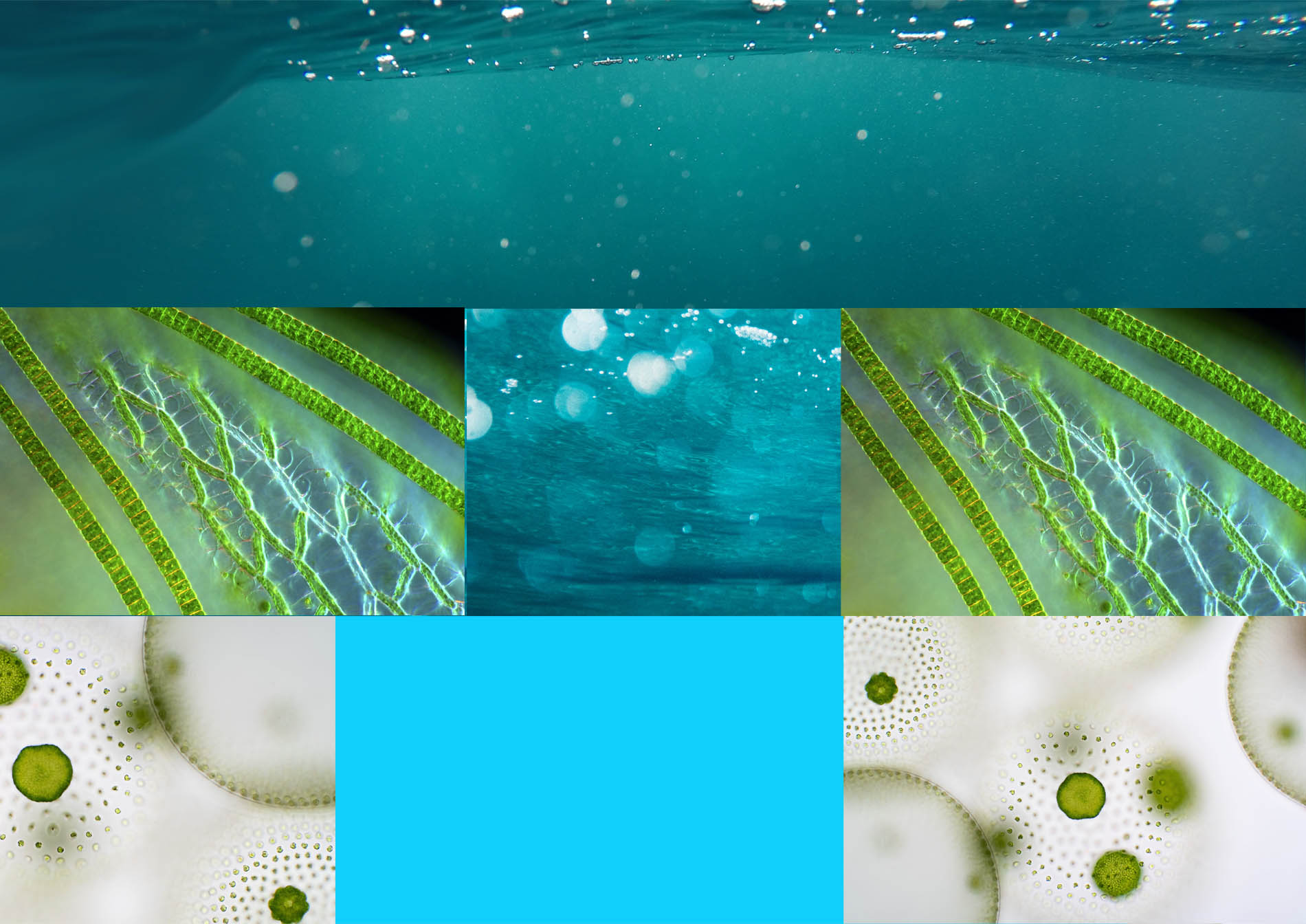
An untapped source of
bio-inspiration
Ubiquitous for 3 billion years
Over billions of years, microalgae have learned to adapt to all types of biotopes even in extreme pH or temperature conditions. Demonstrating astonishing resilience, they can be found in fresh, brackish and sea water, and even in deserts or Arctic tundra. This capacity to adapt is a source of endless inspiration.
Multi-functional bioactives
The aquatic world is home to 100 times more active substances than the land. Microalgae play an essential role in this diversity. As unicellular organisms, all their adaptation mechanisms are contained in the cell as a whole. Whether to regulate osmosis, to capture light energy or to manage oxygen, microalgae respond by producing specific bioactives with have multiple properties.
New solutions for health and wellness
Studying the physiology of microalgae and the potential of their bioactives, we can draw on new ways of addressing the key societal challenges. Multichemical sensitivity, age-related cognitive decline and metabolic disorders thus find original and eco-efficient answers in the specific carotenoids, fatty acids, peptides or complex polysaccharides extracted from microalgae.


Original strains


These strains are obtained from international libraries that guarantee their origin and authenticity. Based on our research programs and customer requests, we study and select specific varieties, naturally adapting them to our production systems.
Today less than 10 microalgae are cultivated at large scale in standard production systems. At Microphyt, we have successfully cultivated close to 40 different strains in our laboratory. A dozen of these microalgae are the source of active ingredients for cosmetics and nutraceuticals and are produced regularly at large scale.
